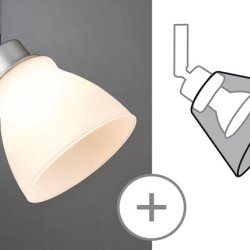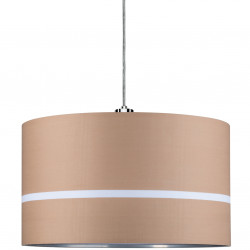Lamp selection
How to Choose the Right Light Bulb
Introduction
If the purchased lights are delivered without lamps, you have to decide which light source to buy. Choosing the right lamp or light source can significantly change the appearance and functionality of a room. There are many factors to consider when choosing a light source, such as bulb type, size, shape, brightness, color temperature, and energy efficiency. Here are some tips for choosing the right light source for your lighting.
Determine the Required Power, Voltage and Plinth Size
The type and power of the light sources to be used are written on the lamp or lamp socket. Check the light fixture label or manual for maximum wattage, voltage, and lamp socket. To avoid overheating or damaging the fixture, you should select a light source that meets or falls below these specifications.
Choose the Type of Lamp That Suits Your Needs and Preferences
Different types of light sources are available in the market. Each type has its advantages and disadvantages in terms of energy efficiency, lifetime, cost, color quality, and environmental impact. Since the production of incandescent lamps has been discontinued due to low light efficiency and high energy consumption, and the same fate awaits halogen lamps, it is likely that Thomas Alva Edison's 1879 invention will no longer be found on the market. However, LED lamps with a suitable base and shape are available.
Choose the Brightness and Color Temperature That Suits Your Mood and Purpose
The brightness of a bulb is measured in lumens, which indicates how much light the bulb emits. The higher the lumens, the brighter the light. The color temperature of a lamp is measured in Kelvin, which indicates how warm or cool the light appears. The lower the Kelvin, the warmer and more yellow the light. The higher the Kelvin, the cooler and bluer the light. For each room, you should choose the brightness and color temperature appropriate to your mood and purpose. For example, you may want bright, cool light in your kitchen or office to increase alertness and productivity. Conversely, you may prefer a soft and warm light in your bedroom or living room to create a cozy and relaxing atmosphere.
Choose a Bulb Shape That Complements the Style of Your Light Fixture
There are many different shapes of bulbs on the market, each with its own aesthetic and functional characteristics that can affect how the light spreads and how it looks on your fixtures. Choose a bulb shape that complements the style of your light fixture to enhance the overall look of your space..
Also read our blog:

-250x250w.jpg)
-250x250.jpg)

















